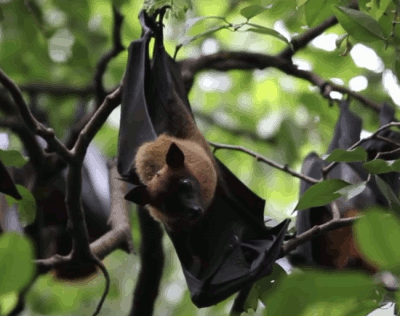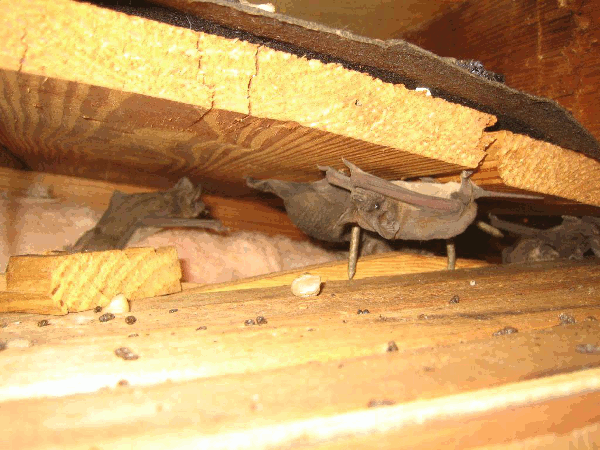Why Having Bats in Your Attic is Common
Have you got bats in your attic? You might be wondering how they got in? Although bats are important for the sustenance of the ecosystem, you don't want them residing in your home. They cause damage in the attic and their dropping poses a significant health risk. But why exactly is having bats in the attic common?
Bat Behavior
Understanding why bats reside in attics requires a piercing grasp of their habitat. Bats love to roost in warm, dark, and safe sites. In the wild, they roost in caves, rock crevices, and trees. When winter sets in, they either migrate to a warmer location or hibernate, depending on the bat species.
As humans progressively intrude into animal habitats, it is only reasonable that our interaction with wildlife increases. For bats, they have learned to associate human structures with warmth and shelter. That's why they also occupy areas under bridges, abandoned buildings, and unfortunately, inside home spaces like attics and chimneys.
Moreover, insect-eating bats are usually drawn to areas around stagnant waters since it attracts insects. If you're living within a quarter-mile radius of a water body, bats wouldn't mind residing in your attic while making short trips to their food source. For more information on bats, click here.

Baby Bat Season
Female bats are particularly driven to look for a safe and warm location to give birth to their pups and attics provide the ideal conditions to nurse their offspring. Sometimes, pregnant bats gather together to form colonies. If this happens, you might have a colony living in your attic.
How They Get into Attics
There are about 47 bat species in the United States. Factors like their size, feeding habits, and so on determine why and how they get into attics. For instance, the little brown bat is one of the most prevalent bats found in North America. It's bodyweight ranges between a quarter to a third of an ounce. Its body is no larger than a human thumb. Therefore, they can get into the tiniest of cracks or gaps in buildings.
However, big brown bats make up the majority of infestations and they prefer the regulated temperature inside of walls.

How to Know Bats Are in Your Attic
If you suspect bats are in your attic, here are some tell-tale signs to keep in mind:
- Noise coming out of your attic.
- Bat droppings (guano) lying around your home.
- Seeing a bat flying in and out of your home.
- A strong pungent odor from the attic (caused by the accumulation of guano).
- Stains on your ceilings.
- Dead bats around your property.
How to Deal with an Infestation
Bats are associated with rabies. Although humans do not contract white-nose syndrome, they can transfer it to other bat colonies. This condition can be fatal to bats. Since many bat species are at the brink of extinction, they are considered a protected species. The removal process has to be done right. This means removing them at the right time of the year without hindering or injuring them. That's why it is best to involve a bat removal specialist when dealing with a bat infestation problem. For situations such as this, Animal Damage Control handles any bat problem in residences of the Boston area.